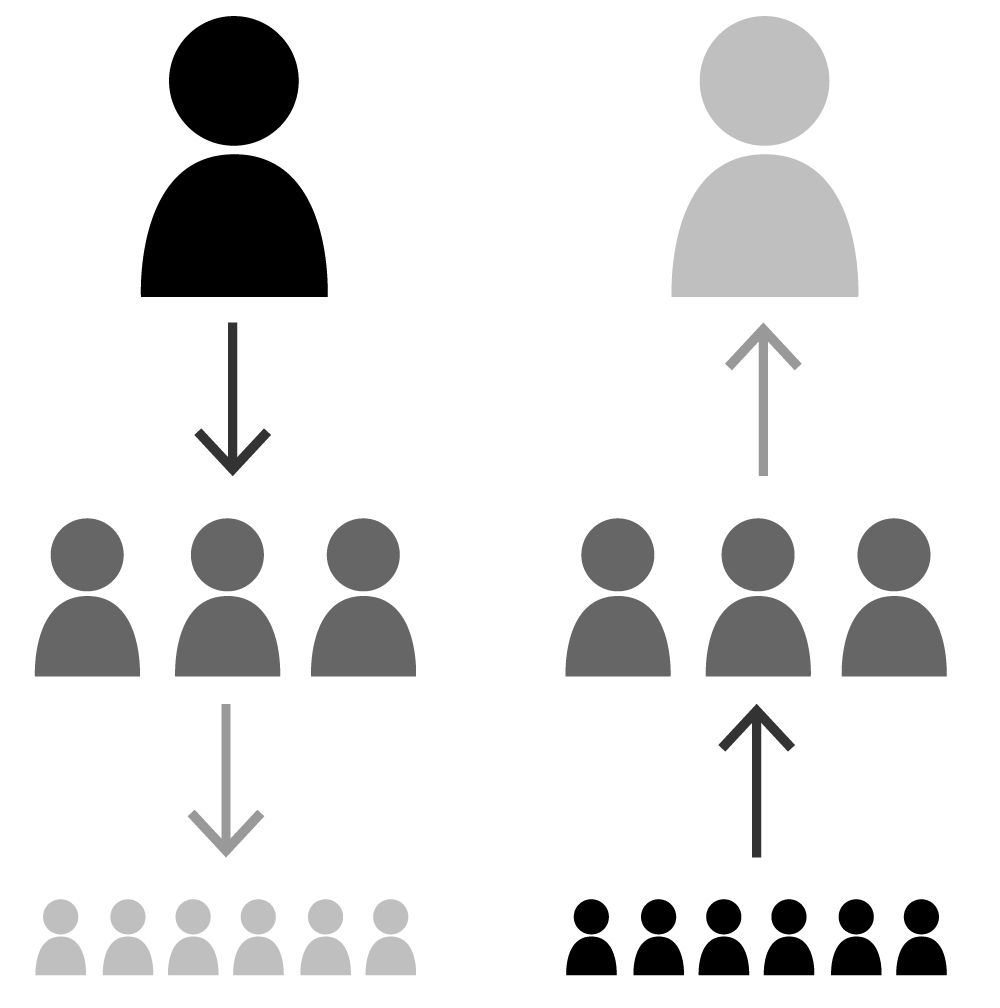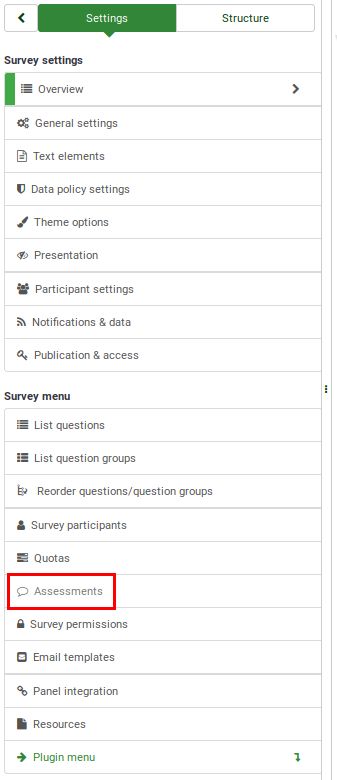
In the contemporary discourse surrounding labor and corporate culture, few phenomena have captured as much attention, or generated as much debate, as ‘quiet quitting.’ Far from a simple resignation, this burgeoning trend represents a profound re-evaluation of the traditional employee-employer compact, particularly among younger generations. It is a subtle yet significant shift, where individuals consciously choose to disengage from the unspoken expectation of going above and beyond, opting instead to perform only the bare minimum required to fulfill their contractual obligations.
This quiet recalibration, though seemingly a recent social media sensation, has roots deeply embedded in long-standing issues of employee satisfaction and well-being. It signals a growing disquiet within the American workforce, and its economic ramifications are far from negligible. Estimates suggest that the impact of this phenomenon could cost companies as much as $150 billion annually, a figure that dwarfs even the financial burden of absenteeism.
The implications of quiet quitting extend beyond mere productivity losses, touching upon the very fabric of organizational engagement and morale. As we delve into the core tenets of this transformative trend, we will explore its precise definition, quantify its extensive societal and economic footprint, and meticulously identify the tell-tale signs that characterize it. Furthermore, we will critically examine the pivotal role of younger generations in championing this shift, dissecting their unique motivations and the burgeoning demand for a more equitable work-life dynamic.

1. **Defining Quiet Quitting: Beyond the Viral Sensation**At its core, quiet quitting is not about physically leaving a job; rather, it signifies a psychological and emotional detachment from the expectation of extraordinary effort. It describes employees who perform their job responsibilities but deliberately avoid taking on extra tasks, engaging in non-necessary conversations, or participating in activities beyond their basic requirements. This reflects a mindset where individuals no longer feel compelled to exceed expectations, choosing instead to adhere strictly to what their job contract outlines, nothing more, nothing less.
This phenomenon, though gaining viral traction recently, is not entirely new. Joe Galvin, Chief Research Officer at Vistage Worldwide, points out that “There has always been quiet quitting.” He notes its manifestation in what he terms “B and C players”—individuals who were consistently present in meetings but rarely contributed or took action. What has changed, however, is the ease with which this disengagement can be maintained in the modern hybrid or remote work model, where it becomes simpler for quiet quitters to remain inconspicuous while managing only to the minimum set of performance expectations.

2. **The Economic and Engagement Toll: A Staggering Cost to Companies**The widespread adoption of quiet quitting has tangible and substantial consequences for the corporate landscape. Before the pandemic, global employee engagement and well-being were on an upward trajectory, but 2022 marked a significant plateau, according to Gallup. This leveling off, significantly influenced by the quiet quitting phenomenon within the American workforce, contributes to an estimated annual cost of $150 billion for companies—a figure that, remarkably, exceeds the losses attributed to absenteeism.
Gallup’s research further reveals that at least half of the U.S. workforce aligns with the definition of being “not engaged” at work, meaning they do the minimum required and are psychologically detached from their positions. This pervasive disengagement can become an invisible drain on a company’s overall productivity and engagement. The trend towards quiet quitting also poses a significant problem because most modern jobs inherently demand some level of additional effort for effective collaboration with colleagues and comprehensive customer satisfaction.

3. **The Shifting Landscape of Employee Engagement: A Decade Low**The second quarter of 2022 witnessed another step backward in U.S. employee engagement, with the proportion of engaged workers holding steady at 32%, but the proportion of actively disengaged employees escalating to 18%. This shift has resulted in a ratio of engaged to actively disengaged employees of 1.8 to 1, marking the lowest point in nearly a decade. This decline, which commenced in the latter half of 2021, directly coincided with a surge in job resignations across various sectors.
The overall downturn in engagement was particularly linked to a decline in employees’ clarity of expectations, perceived opportunities for learning and growth, feelings of being cared about, and a sense of connection to their organization’s mission or purpose. This indicates a deepening disconnect between employees and their employers, suggesting that the basic psychological needs that foster a sense of belonging and motivation are increasingly unmet. This is distinct from “loud quitters”—the actively disengaged 18% who openly spread their dissatisfaction and have been most vocal on social media platforms like TikTok.

4. **Key Behavioral Indicators: Recognizing the Subtle Signs of Disengagement**Identifying a quiet quitter within an organization requires managers to be acutely aware of subtle behavioral shifts that signal waning engagement. Joe Galvin of Vistage Worldwide has outlined six critical indicators that suggest an employee might be operating at the bare minimum. These include disengagement on a chronic basis, where an employee consistently shows a lack of interest or involvement in their work beyond the absolute necessities.
Another significant sign is performance that consistently meets only the minimum set of performance standards, without any initiative to exceed them. This often manifests as an avoidance of additional responsibilities or projects. Furthermore, a quiet quitter may exhibit isolation from other members of the team, actively withdrawing from non-necessary conversations, activities, or tasks. This can be observed in a lack of interest in meetings, where an employee might attend but offer no constructive input, or even skip them without valid reasons.
This disengagement often extends to communication, with cold and distant replies to messages and instructions, or a general slowdown in providing updates. When teammates report a sudden increase in their workload due to having to pick up the slack, it is a strong indication that a quiet quitter is present in the ranks. These behaviors collectively suggest a profound disconnect from the company culture and a diminished bond with the team, ultimately affecting collective morale and productivity.

5. **The Younger Generation’s Perspective: Redefining Work and Life**Perhaps the most compelling aspect of the quiet quitting phenomenon is its strong resonance with younger generations, particularly Gen Z and Millennials. These demographic cohorts are not merely disengaging; they are actively seeking a workplace that aligns with their values and prioritizes their well-being. For them, quiet quitting is often a strategic decision to maintain a healthy work-life balance, driven by a conscious effort to prevent work from consuming their entire lives.
Cindy, a 22-year-old Gen Z individual, articulated this sentiment powerfully, stating, “We Gen Z’s don’t want work to consume our lives like it did with our parents.” She recounted her father’s chronic job dissatisfaction, highlighting how witnessing his misery instilled in her a desire for a different path—one that embraces the myriad other aspects of life beyond professional obligations. This represents a rallying cry from a new generation of workers who are not afraid to demand more from their employers and prioritize their mental and physical health.
Joe Galvin further emphasizes that Gen Z employees are uniquely empowered in today’s working world, entering a landscape where they possess more options compared to previous generations, such as those who graduated during the 2008 recession. They are keenly interested in understanding how their work contributes to a larger mission, a level of engagement and expectation previously unseen. They are also notably unwilling to tolerate poor behavior or sacrifice their personal lives, and they expect corresponding compensation—be it a raise, bonus, or title increase—for any effort that extends beyond their defined job responsibilities. As digital natives, their access to external resources, such as peers’ compensation and benefits packages shared on platforms like TikTok, further empowers them in their demands for equitable treatment.

6. **The Imperative for Work-Life Balance: A Core Demand Driving Disengagement**The desire to maintain a healthy and sustainable balance between professional duties and personal life stands as a foundational driver behind the quiet quitting phenomenon. For many, this is not a sign of apathy but a conscious decision to protect their mental and physical health in a demanding work environment. The context highlights that if employees perceive that work demands are infringing excessively on their personal lives, they are increasingly inclined to restrict their efforts solely to the core duties outlined in their job descriptions.
This re-prioritization reflects a growing recognition that an unrelenting focus on work without adequate personal space leads to burnout, a state of emotional, physical, and mental exhaustion caused by prolonged or excessive stress. Employees are increasingly unwilling to compromise their personal lives or go above and beyond the basics of their jobs if they feel their contributions are undervalued or not reciprocated with a healthy equilibrium. The push for work-life balance thus emerges as a subtle yet potent form of resistance, a collective assertion of boundaries in a professional world that often encourages endless striving.
Indeed, some quiet quitters, as noted in the context, may operate from a place where they are engaged workers but intentionally limit their output to maintain this crucial balance. They achieve their goals and fulfill their responsibilities but consciously decide against taking on extra tasks, not out of malice or passive-aggression, but out of a deep-seated commitment to their well-being. This imperative for work-life balance is fundamentally reshaping the expectations employees have of their workplaces, signaling a permanent shift in how professional dedication is measured and rewarded.

7. **The Insidious Impact of Burnout and Presenteeism**The phenomenon of quiet quitting is often a direct symptom of deeper, pervasive issues within the workplace, notably constant stress and burnout. When employees are stretched thin, juggling an overwhelming workload with poor work-life balance and long hours, they can reach a state of emotional, physical, and mental exhaustion. This exhaustion frequently compels individuals to withdraw their discretionary effort, performing only the bare minimum required to fulfill their contractual obligations, not out of malice, but as a self-preserving mechanism against further depletion.
Indeed, some quiet quitters may be experiencing what is known as presenteeism—a lack of engagement stemming from underlying medical or mental health conditions. As Jackson, an employee working for a fully remote company, shared, he began pulling away from his team socially, stopping participation in Zoom happy hours or pre-scrum personal catch-ups. He simply wanted to ‘come in’ remotely, do his work, and ‘leave,’ unaware at the time that he was deeply burnt out. This indicates that while physically present, employees may be unable to perform their responsibilities optimally, a subtle form of disengagement that can be easily overlooked in hybrid or remote settings.
8. **Navigating Toxic Work Environments: A Precursor to Disengagement**A significant contributor to the quiet quitting trend is the presence of toxic work environments. Workplaces characterized by poor leadership, a palpable lack of support, or generally toxic behaviors can deeply affect employee morale and motivation. In such settings, employees often find themselves emotionally withdrawing as a defense mechanism, choosing to conserve their mental and emotional well-being rather than actively engaging in an environment that drains them.
Poor or indifferent management is a direct pathway to such toxicity. When managers fail to listen, offer adequate support, or maintain effective communication, employees gradually lose their emotional investment in their roles. This erosion of the employee-manager bond inevitably leads to a decline in work performance and diminishes the spirit to continue with the company. The pervasive disengagement observed in quiet quitting often reflects a collective resistance to, or withdrawal from, such detrimental organizational cultures, where individuals no longer feel valued or supported.

9. **Strategic Employer Response: Cultivating a Culture of Recognition and Fair Compensation**To effectively counter the quiet quitting phenomenon, employers must proactively address root causes, beginning with a robust commitment to recognizing and rewarding employee efforts. A lack of acknowledgment for contributions is a potent silent killer of work motivation. When employees perceive that their hard work goes unnoticed or unappreciated, or that there are no clear opportunities for advancement, their motivation to go beyond basic duties wanes, leading them to believe that ‘no one cares how hard I work.’ Implementing a fair, transparent, and timely recognition system is therefore crucial.
Beyond recognition, fair compensation and competitive benefits are indispensable in fostering employee engagement and commitment. Unfair compensation or the absence of appropriate compensatory recognition, whether monetary or non-monetary, can foster deep resentment among the workforce. Employers must ensure that salaries and benefits are competitive within their industry and consider offering performance-based incentives to motivate employees. When employees feel that their efforts are adequately reflected in their compensation, they are demonstrably more inclined to remain motivated and contribute meaningfully to the organization’s success, thereby diminishing the impetus for quiet quitting.

10. **The Imperative of Empathetic Leadership and Clear Expectations**Effective leadership is paramount in setting the tone for an entire organization and is indispensable in preventing and reversing quiet quitting. Managers, often the direct link between employees and senior leadership, are uniquely positioned to understand their team members as individuals, including their life situations, strengths, and goals. However, Gallup’s research indicates that only one in three managers are engaged at work themselves, highlighting a critical need for senior leadership to reskill managers to thrive in the new hybrid work environment and lead by example.
Successful managers must learn to have meaningful, consistent conversations with each team member—ideally 15-30 minutes per week. These interactions are vital for helping employees reduce disengagement and burnout by fostering a sense of being cared about and understanding how their work contributes to a larger mission. Furthermore, leaders must reassess job expectations and culture, ensuring that workloads are reasonable, job roles are clear, and employees are satisfied with their assigned tasks. If employees are asked to do too much or have unclear roles, it cultivates frustration and disengagement.
An inspiring leader not only provides clear direction but also instills motivation, encouraging employees to contribute fully. By leading with professionalism, a strong work ethic, and a positive attitude, leaders can mitigate the spread of negative or toxic behaviors. Crucially, leaders also need to exude a sense of balance, demonstrating that it is acceptable to have boundaries and promote a healthy work-life balance, thereby preventing the unintentional encouragement of burnout.
Read more about: Understanding the Shepherd’s Heart: An In-Depth Look at the Multifaceted Role of a Pastor in the Modern Era

11. **Fostering Open Communication and Organizational Alignment**Central to combating quiet quitting is the establishment of robust open communication channels within the organization. Employees who feel genuinely heard are significantly more likely to remain engaged and invested in their roles. Employers should actively encourage regular check-ins and maintain open lines of communication, providing safe spaces where employees can voice concerns, discuss challenges, and offer insights without fear of reprisal. This approach fosters an environment built on trust and transparency, enabling issues to be identified and addressed proactively before they escalate into widespread disengagement.
Furthermore, aligning employees with the company’s core values and overarching purpose is critical for sustaining long-term commitment. When individuals understand and connect with the organization’s mission, they are inherently more willing to exert extra effort, recognizing themselves as an integral part of a larger collective. This alignment should transcend mere rhetoric, being consistently demonstrated through actions and daily decisions within the company culture. Developing measurable, behavior-driven core values and integrating them into onboarding processes and regular performance reviews can strengthen this internal alignment.
Creating a supportive workplace that encourages self-expression and helps employees maximize their potential is also key. This extends to fostering a culture of collaboration, mutual support, and cross-department knowledge sharing. When employees feel safe, encouraged, and connected to their peers and the organization’s mission, their sense of belonging and motivation is profoundly enhanced, making them less prone to the psychological withdrawal characteristic of quiet quitting.
Read more about: A Microsoft Engineer’s Proven Playbook: How to Accelerate Your Career with 4 Promotions in 5 Years

12. **Leveraging DISC Assessments for Tailored Engagement and Understanding**Recognizing that employees are not a monolith, modern organizations can leverage sophisticated tools like the DISC assessment to gain deeper insights into individual behaviors and motivations, which can be pivotal in addressing quiet quitting. The DISC test provides results that reveal why certain employees may feel unmotivated or what specific challenges they face at work based on their distinct personality type. Managers can then utilize these insights to address underlying problems, resolve conflicts, and mitigate friction, thereby cultivating a more understanding and supportive workplace tailored to individual needs.
For instance, the context highlights how different DISC types may experience quiet quitting. Dominance (D-type) individuals may lose motivation if their job lacks challenges or decision-making power, requiring opportunities to speak up. Influence (I-type) people tend to disengage when social connection is missing and they cannot exert personal impact. Steadiness (S-type) individuals face a high quiet quitting risk when feeling forced and unheard, preferring an environment that provides security. Conversely, Compliance (C-type) people often withdraw in environments with poor or unclear standards, thriving in structured workplaces where processes are logical.
By understanding these nuanced motivational triggers through DISC results, managers can implement highly personalized engagement strategies. This tailored approach allows for more effective communication, targeted developmental opportunities, and the creation of work environments that resonate with each employee’s intrinsic needs. Ultimately, such personalized insights can help bridge the gap between employee expectations and organizational realities, fostering a more engaged workforce and minimizing the conditions that lead to quiet quitting.
Read more about: Beyond the Daily Grind: How Local Coffee Roasters and Subscription Services Are Reshaping the American Coffee Market
Addressing the multifaceted phenomenon of quiet quitting requires more than superficial adjustments; it demands a profound re-evaluation of the employee-employer relationship and the very fabric of organizational culture. By committing to comprehensive strategies that prioritize employee well-being, foster transparent communication, offer equitable recognition, and embrace empathetic leadership, companies can transform potential disengagement into a powerful wellspring of innovation and commitment. This shift towards a more human-centric workplace is not merely a response to a passing trend but an investment in a resilient, productive, and ultimately more fulfilling future for all.




